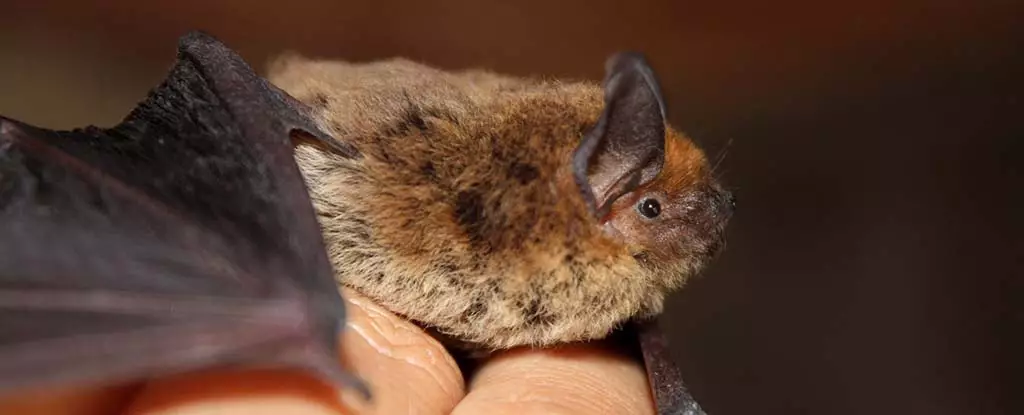The discovery of white-nose syndrome (WNS) in bats in New York’s Howe Cave in 2006 marked the beginning of a devastating disease that has since spread across the US, decimating bat populations. This fungal disease, caused by Pseudogymnoascus destructans, manifests as a fuzzy white substance growing on the snouts of infected bats. The implications of WNS extend far beyond the bat population, as a recent study has revealed a shocking connection between the decline of bats and human infant mortality rates in North America.
Research conducted by ecological economist Eyal Frank from the University of Chicago has uncovered a distressing correlation between the loss of bats and an increase in pesticide use, which subsequently led to a rise in infant deaths. With insect-eating bats playing a crucial role in keeping crop pest numbers in check, the mass die-off of bats due to WNS forced farmers to resort to chemical pesticides to protect their crops. The study found that counties affected by bat die-offs saw a significant increase in pesticide use, resulting in a 31 percent rise, while crop sales revenue plummeted by nearly 29 percent.
The economic and health costs of this shift from natural pest control to chemical pesticides were staggering. Frank estimates that the combined cost to farmers in WNS-affected communities amounted to US$26.9 billion between 2006 and 2017. Furthermore, infant mortality rates due to internal causes of death rose by 8 percent in these counties, translating to approximately 1,334 additional infant deaths. These deaths were attributed to the increased use of pesticides in areas where bat populations had drastically declined.
Despite the negative perception of bats, especially in light of recent associations with diseases like COVID-19, Frank emphasizes the vital role bats play in our ecosystem. Bats serve as natural pesticides, with their ability to control insect populations benefiting agriculture and human health. The study underscores the importance of preserving bat populations, as the consequences of their decline are far-reaching and costly to society.
Frank’s findings highlight the urgent need for conservation efforts to protect bat populations from the devastating effects of WNS. The substantial economic and health costs incurred as a result of the decline in bat populations underscore the importance of safeguarding these misunderstood creatures. By recognizing the invaluable contributions bats make to our environment, we can work towards preserving their populations and ensuring a healthier ecosystem for both wildlife and humans alike.
The study reveals the intricate relationship between bats, pesticide use, and human health, emphasizing the critical role bats play in maintaining ecological balance. The devastating impact of WNS serves as a stark reminder of the interconnectedness of species within our ecosystem and the urgent need for conservation efforts to protect our environment.


Leave a Reply